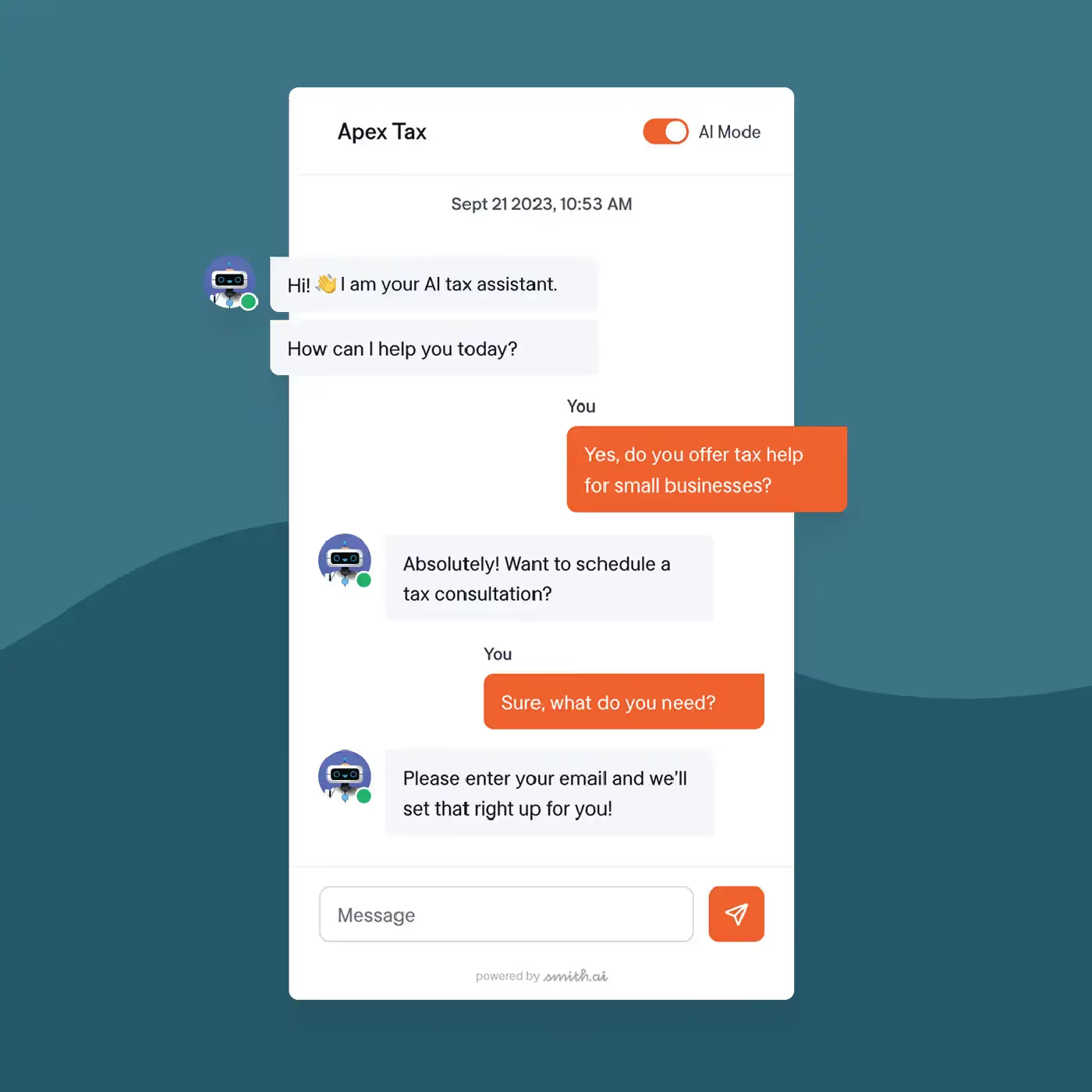The Top 20 Ways Your Small Business Can Save Money and Increase Revenue
The Top 20 Ways Your Small Business Can Save Money and Increase Revenue
%20(1)%20(1).avif)
Small businesses face many challenges. You must be free to focus on finding new clients but still have plenty of time to dedicate to serving current clients. Revenues are up, but profit is down thanks to increased costs in advertising, office rent, and more. To close the gap, more and more small businesses are finding ways to tighten their belts.
Thankfully, that doesn’t have to mean making major changes. Many of these changes can have a positive net effect that goes far beyond saving money or increasing revenue. In this post, we’ll explore the top 20 ways your small business can save money and boost profitability.
#20
Eliminate in-office consultations. How much time and money does your firm spend on in-office meetings? Eliminating them can save you a ton. And the technology’s there to do it, thanks to electronic signatures, automated delivery of fee agreements, video conferencing, and more.
#19
Implement office hours. A lot of time and money is lost simply fielding basic questions and scheduling 10-minute meetings to answer basic questions. Implementing office hours means that non-emergency questions can only be asked during specific, designated times. That reduces non-essential communications, interruptions, and more.
#18
Stop chasing clients who aren’t good fits. How often do you schedule consultations or meetings with potential clients who aren’t well suited for your business, but feel bad turning them down directly? Stop it. Focus on the best leads.
#17
Hire an office administrator. It’s amazing what you can do when you’re not tied to important but low-value administrative tasks.
#16
Hold fewer meetings. Most meetings are a waste of time and resources, according to Harvard Business Review.
#15
Focus more on digital marketing, including low-cost local marketing. Claim your Google Business Profile, make sure your name, address, and phone number (NAP) are the same on all digital listings, and get active on social.
#14
Explore different working arrangements. Can some of your staff perform better in a remote capacity? Is a hybrid model better for others? Be flexible and experiment.
#13
Negotiate better rates with your suppliers. There’s almost always some wiggle room in pricing, you just have to look for it. That might mean buying in bulk or adjusting your ordering in other ways.
#12
Skip the branded software where possible. You can often find the same functionality in open-source or low-cost software.
#11
Invest in employee training. With ongoing training, employees become more efficient, errors decrease, and your business saves time and money while performing better.
#10
Choose reusable products. How much does your office spend on disposable cups or single-serving water bottles? Reusable products might cost more off the bat, but they’ll save you money in the long time (and they’re much better for the environment).
#9
Get into office recycling. Recycling products used in your office can save you money and benefit the planet, but it also helps reduce your waste disposal bill.
#8
Use smart technology to reduce costs, particularly those associated with your office. Programmable thermostats, occupancy light sensors, and other technology can help you save a surprising amount on your energy bills.
#7
Find low-cost ways to build your brand. Volunteer to speak at industry events. Become a central part of your local chamber of commerce. Meet other small business owners and help them. It all comes back to you.
#6
Shop discount sales and buy secondhand. Need new office desks for your employees? Buy them used. Need furnishings for your waiting room? Secondhand options work great and cost a fraction of what you’d pay for new furniture.
#5
Track every single expense, no matter how small. When you have an accurate picture of your expenses, you can start making adjustments that have a larger impact on your business’s bottom line.
#4
Consider hiring freelancers instead of employees. Employees are much more expensive than the hourly rate you pay them because you’re obligated to provide benefits. Freelancers bring significant expertise to the table and don’t require any benefits, saving you money while ensuring you have the talent necessary. Just be aware of the differences between employees and freelancers so you stay in line with employment rules and regulations.
#3
Be smart with your space. Physical space is often the highest cost small businesses face. Find ways to get more use out of the space you have so you don’t overpay. Create collaborative workstations, make your breakroom double as your conference room, or consider a co-working space and you’ll find that you can save a great deal of money.
#2
Retain your employees. Businesses spend an immense amount of money related to employee churn. You’ve got delays in productivity while you search for a replacement, then the costs of hiring, onboarding, and training. Retaining your employees nixes those costs while simultaneously improving the expertise and experience of your staff. It even affects customer service and satisfaction because customers develop relationships with your employees.
#1
Make Smith.ai your firm’s reception service. Small business owners often try to handle reception on their own, but there’s so much more involved than just answering the phones. For instance, the virtual receptionists at Smith.ai can schedule paid consultations with leads, saving you time, increasing billable hours, and more.
Let Smith.ai help you increase revenue generation even more
There are so many ways that your small business can save money and increase revenue. At Smith.ai, we’re passionate about helping you achieve more. In addition to acting as your 24/7 answering service, we can handle lead intake, appointment scheduling, block robocalls and spammers, and even collect payments.
To learn more, schedule a consultation or reach out to hello@smith.ai.
Take the faster path to growth. Get Smith.ai today.
Key Areas to Explore
Technical Implementation Terms
Voice user interface (VUl) design
Speech recognition integration
Text-to-speech optimization
API connectivity and webhooks
Real-time data synchronization

Your submission has been received!













.svg)



